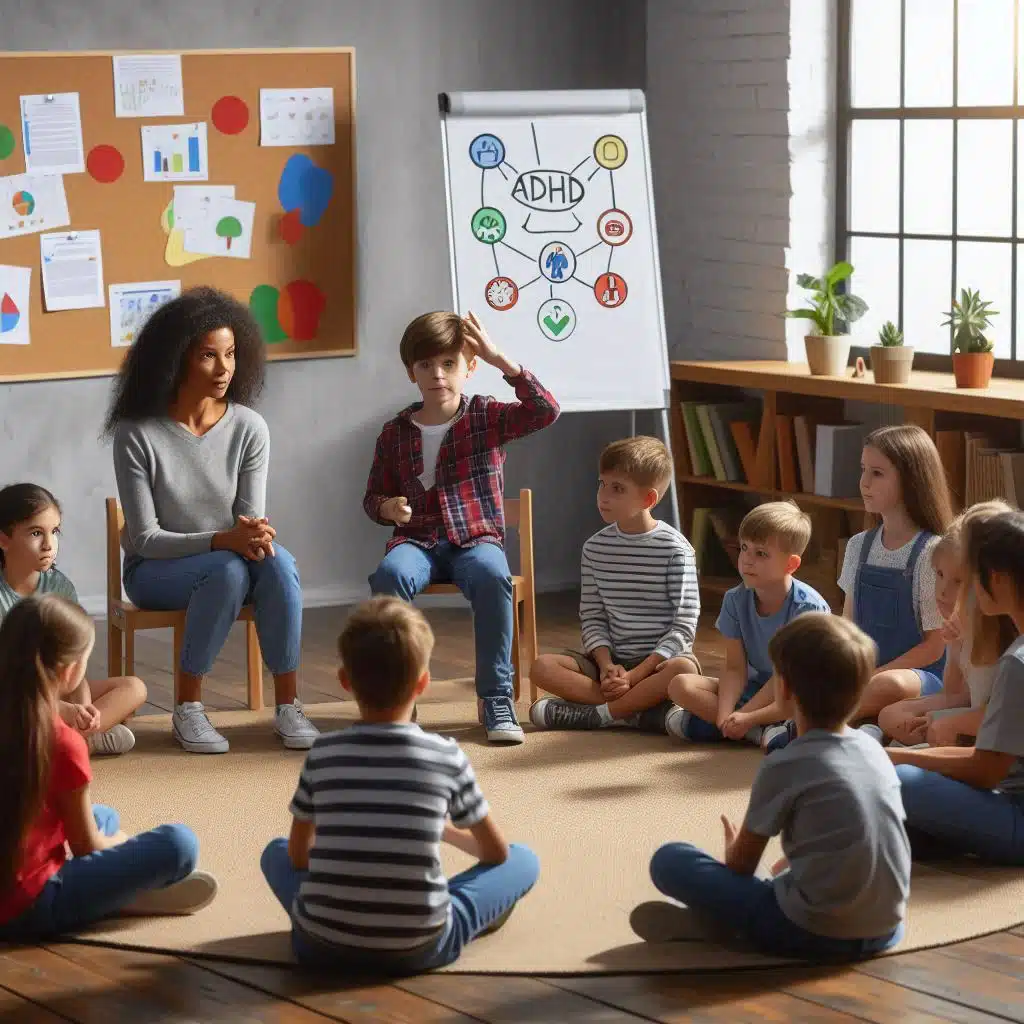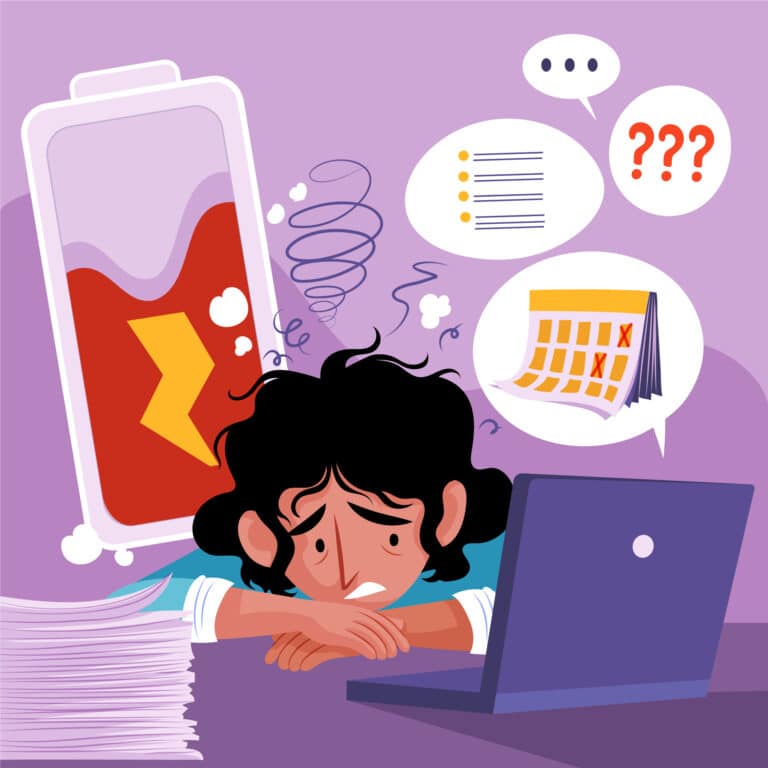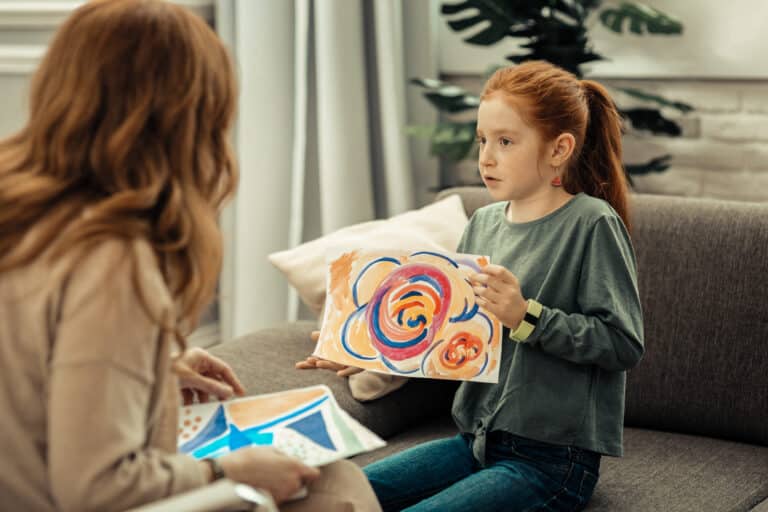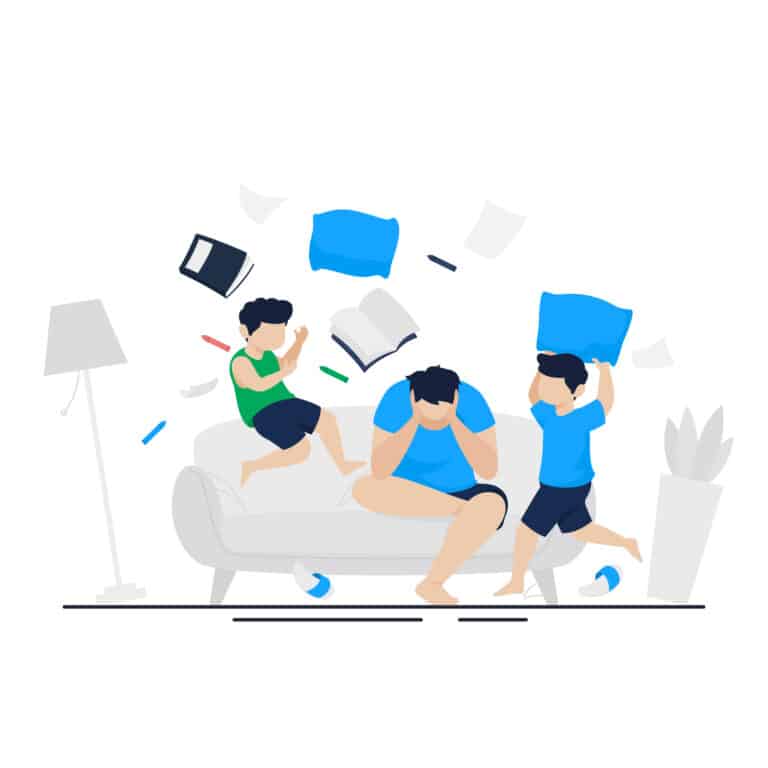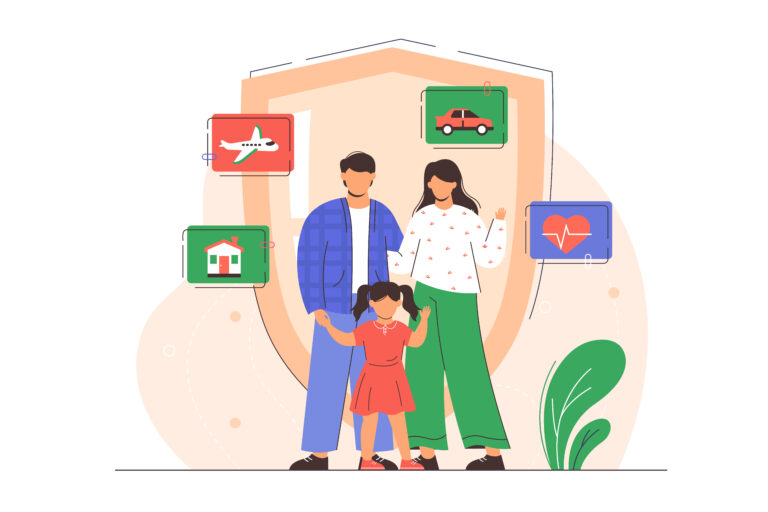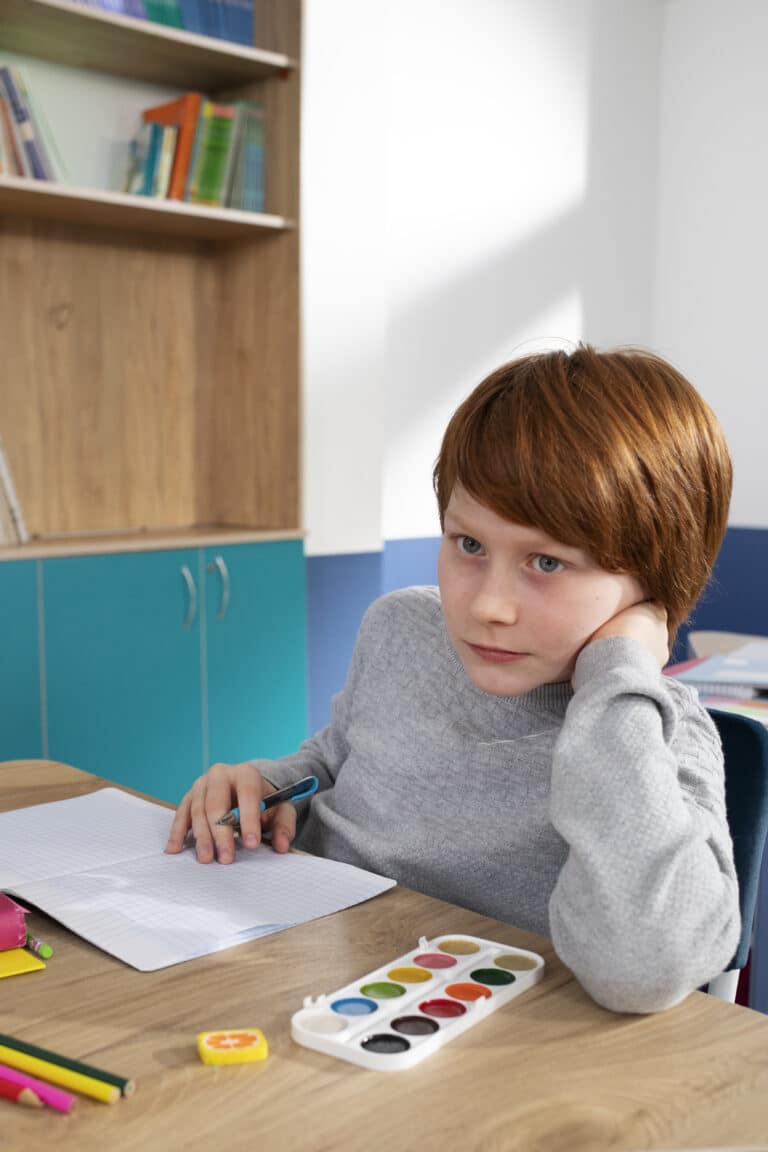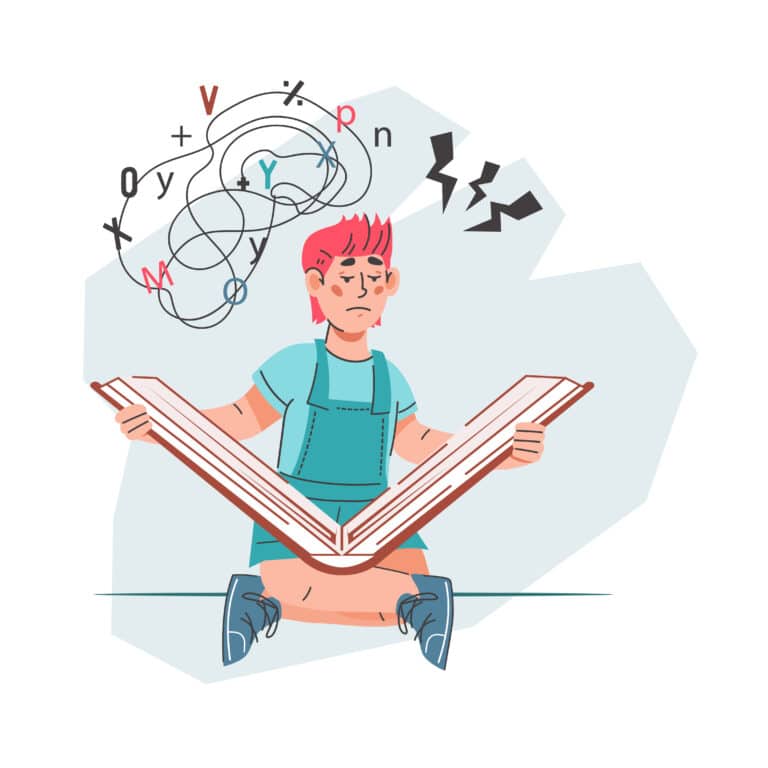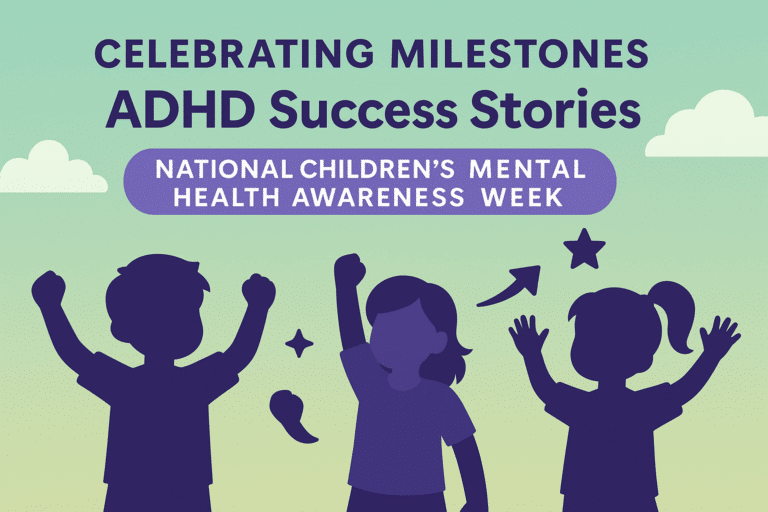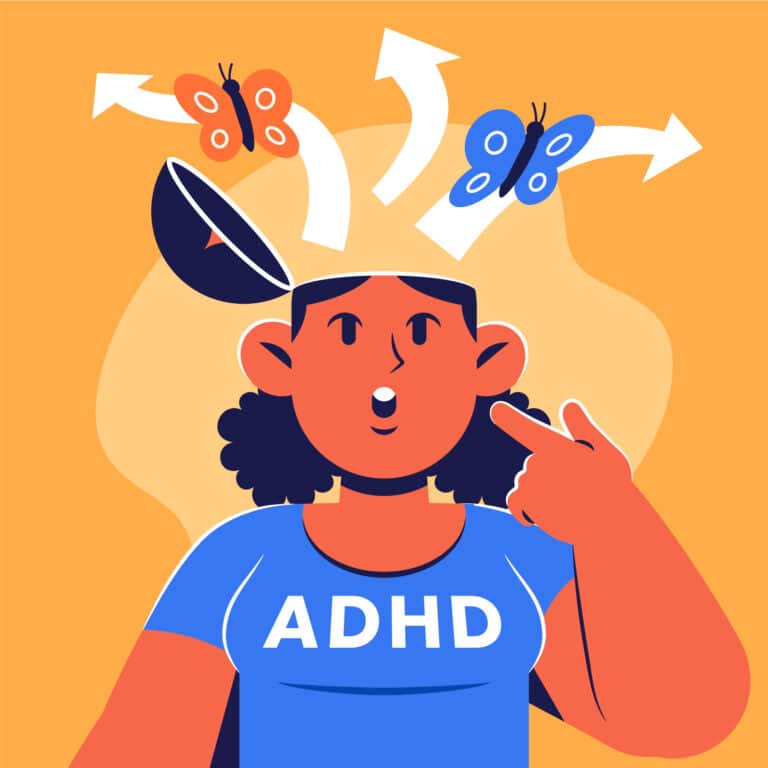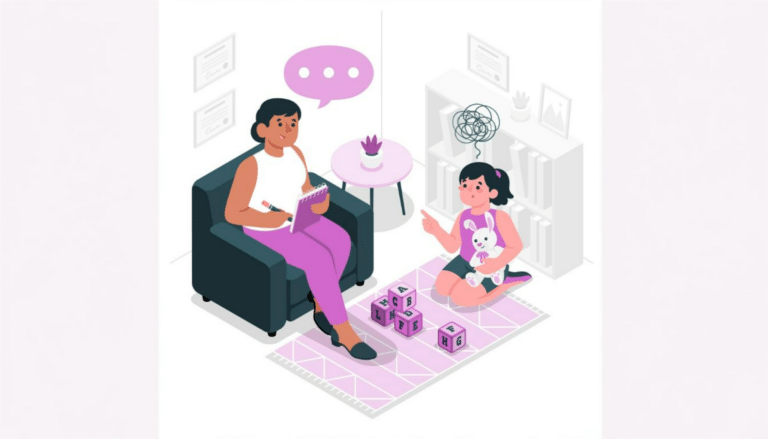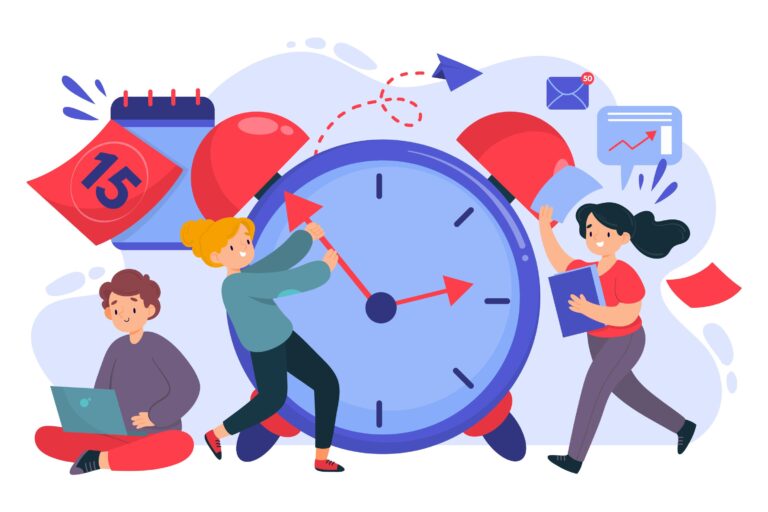Managing ADHD as a parent can feel overwhelming, but many tools and strategies can support your child’s growth and development. Every child with ADHD is different, which means a tailored, flexible approach is essential. Whether your child has the hyperactive-impulsive type or inattentive ADHD, below are a variety of tools for parents to help them succeed at home and in school.
1. Behavioral Contracts and Positive Reinforcement
Setting up a behavioral contract with your child can be a highly effective strategy for managing ADHD behaviors. This agreement between parent and child clearly outlines expectations, rewards for positive behavior, and consequences for not meeting agreed-upon goals. Using positive reinforcement—such as praising small accomplishments or offering rewards like extra screen time or a favorite activity—motivates children to develop healthier habits. The goal is to encourage consistent effort over time, rewarding progress rather than perfection.
Behavioral contracts work especially well when tailored to each child’s needs, with small, achievable goals that build confidence and self-regulation(CDC).
2. Adaptive School Tools
School can be one of the most challenging environments for a child with ADHD. Implementing adaptive tools at school—such as a 504 Plan or an Individualized Education Program (IEP)—can ensure that your child gets the accommodations they need. Simple adjustments like extra time on tests, breaking down larger assignments into smaller tasks, or allowing movement breaks during class can make a significant difference.
Visual aids, such as color-coded binders or calendars, are also excellent for children who struggle with organizational tasks. Partnering with teachers to monitor progress and tweak these tools regularly helps ensure their effectiveness(CHADD)(Smart Kids).
3. Routine Building
Consistency is key for children with ADHD, and one of the best tools parents can use is building a solid daily routine. Set regular times for homework, play, and bedtime to help your child know what to expect. Structure and predictability reduce stress and give your child the security they need to thrive. Incorporating regular movement breaks throughout the day can also help burn off excess energy and improve focus.
Involving your child in the process of creating the routine fosters a sense of ownership and helps them understand the value of time management(Cleveland Clinic).
4. Mindfulness and Relaxation Techniques
ADHD isn’t just about hyperactivity; it often comes with emotional regulation challenges. Teaching your child mindfulness and relaxation techniques can help them learn to manage frustration, anxiety, and impulsivity. Practicing short meditation sessions or deep-breathing exercises can calm racing thoughts and reduce stress.
Apps like Headspace for Kids offer fun, easy-to-follow mindfulness exercises tailored for children, making it accessible and engaging for your child(CHADD).
5. Parent Support Groups
Parents need support, too. Joining a parent support group for ADHD can provide you with emotional encouragement, fresh ideas, and valuable resources. These groups connect you with other parents who are facing similar challenges and provide insights into strategies that have worked for their children.
Online platforms like CHADD (Children and Adults with Attention-Deficit/Hyperactivity Disorder) offer a wealth of resources, from webinars to community forums. These groups allow parents to share their experiences, tips, and coping strategies(Cleveland Clinic)(CHADD).
Final Thoughts
By using these tools and remaining patient, parents can help their children navigate the unique challenges of ADHD. Combining behavioral strategies with mindfulness, adaptive school tools, and support for parents, you can create an environment where your child thrives. At Pathformers, we believe that every child can succeed when given the right support and tools.

